Some possibly good news for a change. The developer of a new whitest white paint claims the paint could help cool the planet as global warming continues if 1 to 2% of the Earth's surface were painted with this paint. Whether this works or not, many places in hotter climates already do paint their buildings white to reflect heat. One of the contributing factors to the 14,800 person death toll in France during the August 2003 heat wave was the roofs of many olders buildings in France were black to absorb as much heat as possible, turning the buildings into heat traps, especially on the top floors.(https://www.cnn.com/2003/WORLD/europe/08/14/paris.heatwave/)
Prof Xiulin Ruan, a professor of mechanical engineering, with a sample of the paint.Photograph: Jared Pike/Purdue University
In 2021, researchers at Purdue University announced that they had developed the whitest paint on Earth. The color is so white that it can reflect over 98% of light. This is particularly useful because light generates heat – and we here on Earth are running a bit hot these days. If used on a building, the researchers say, the paint would reduce the temperature on the surface, lowering the temps inside and decreasing the need for air conditioning. But what if there was an even bigger application, like reducing the temperature of the entire planet?
According to Jeremy Munday, a professor of electrical and computer engineering at the University of California, Davis, who researches clean technology, if a material like Purdue's paint covered 1–2% of the Earth's surface, the amount of light being bounced back into space would reduce the amount of heat being absorbed by the planet enough to stabilize global temperatures. In other words, it could do a lot to solve climate change. Plus, Munday told The New York Times, the amount of light being bounced back into space wouldn't harm the cosmos very much. "It'd be like pouring a cup of regular water into the ocean," he told The Times.
But just how big is 1–2% of the Earth's surface? The total surface area of the Earth is right around 197 million square miles (and most of that is water), so the paint would need to cover between roughtly 2 million and 4 million square miles. For reference, the total land area of the United States is just over 3.5 million square miles, so we'd need to cover the country in white paint from sea to paint-stained sea. That would be a lot of paint. A LOT. If we assume the new paint acts like commerical paint, as the Purdue researchers suggest, a gallon would cover about 400 square feet, we would need roughly 139 billion gallons of the super-duper white paint to cover just 1% of the Earth's surface.
Of course, that number doubles if we need to cover 2% of the surface. And none of this takes into account how hard it would be to paint oceans, deserts, and trees. Painting things white to reduce temperatures is not a new concept. Just drive around my home state of Texas and see how many cars are white.
Many places around the world are already painting surfaces white, and Purdue's new paint will help. But it does show that we have a long way to go before the problem is solved.
https://www.sciencealert.com/painting-2-of-earth-white-would-stop-global...

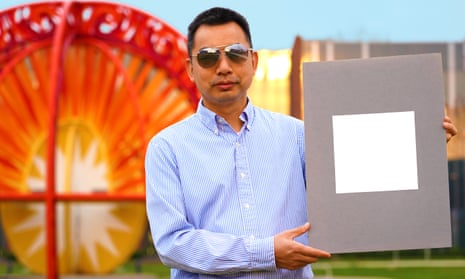
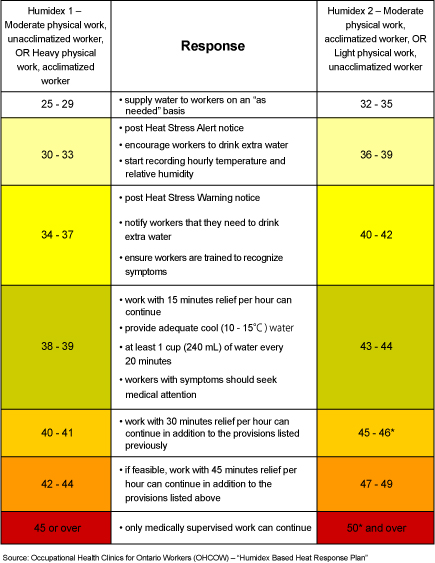
 A view of flooded streets after heavy rain in Lahore, Pakistan, on July 5, 2023. (Rana Irfan Ali / Anadolu Agency via Getty Images)
A view of flooded streets after heavy rain in Lahore, Pakistan, on July 5, 2023. (Rana Irfan Ali / Anadolu Agency via Getty Images)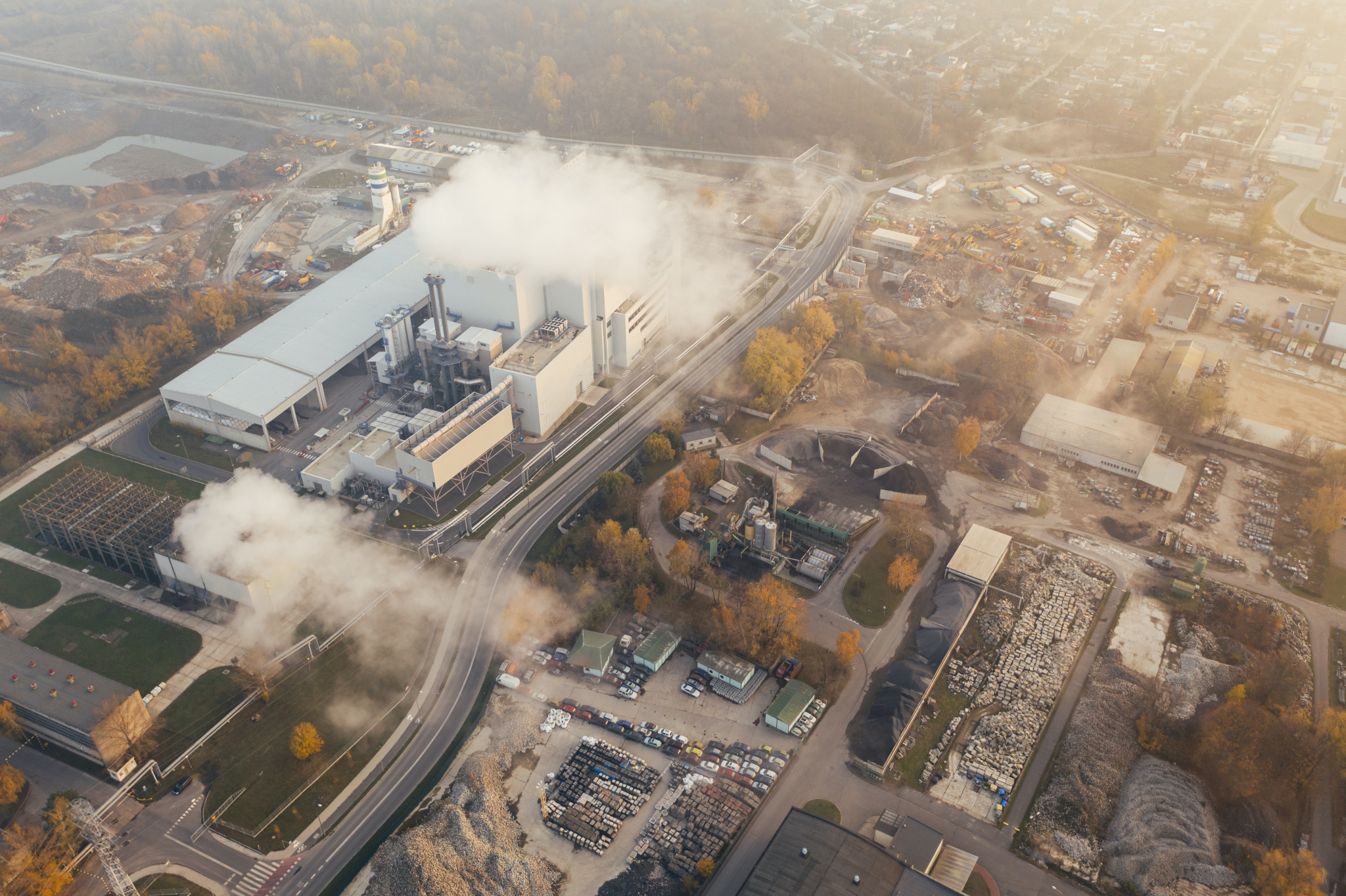 When methane is flared or combusted, black carbon (a key component of fine particulate matter), nitrogen oxides and additional volatile organic compounds result. Photo by Marcin Jozwiak/Pexels
When methane is flared or combusted, black carbon (a key component of fine particulate matter), nitrogen oxides and additional volatile organic compounds result. Photo by Marcin Jozwiak/Pexels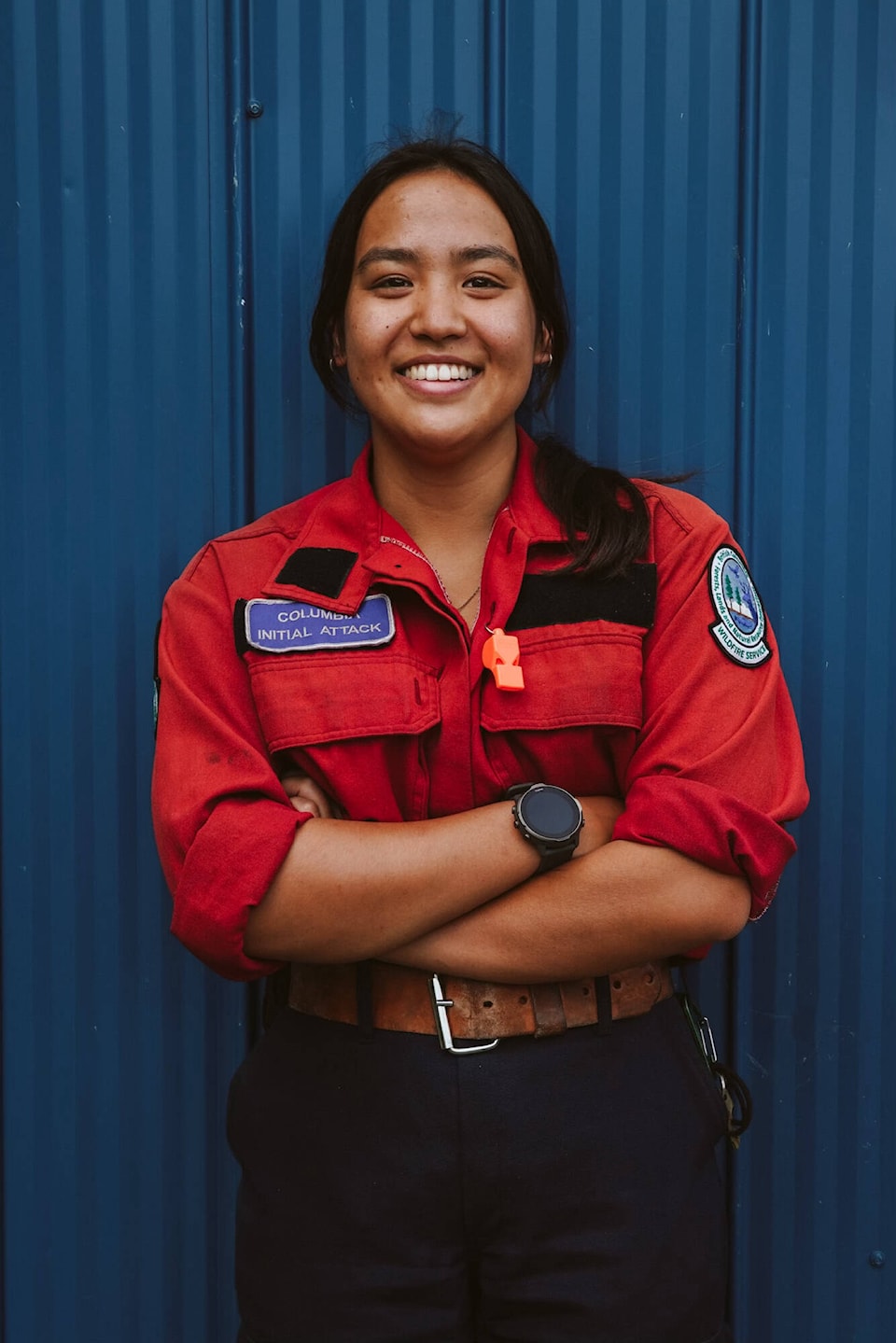
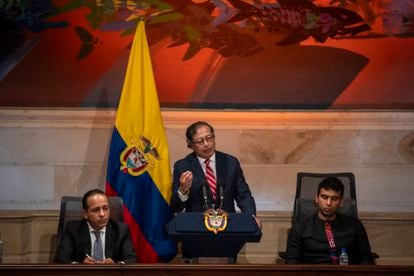

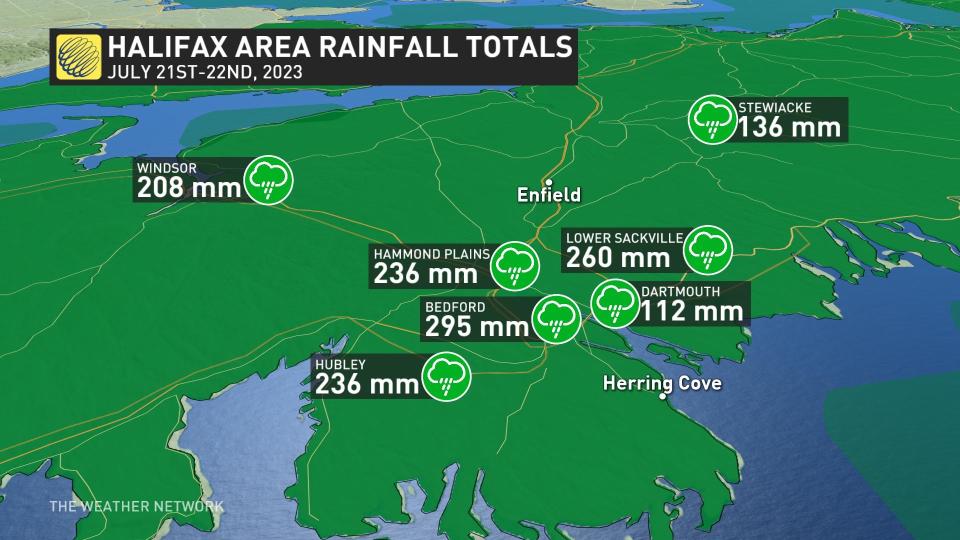

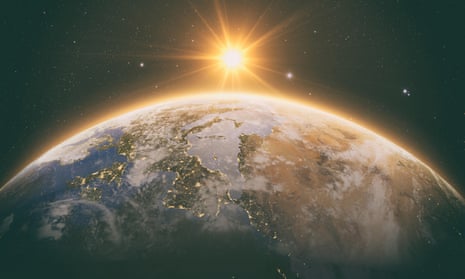
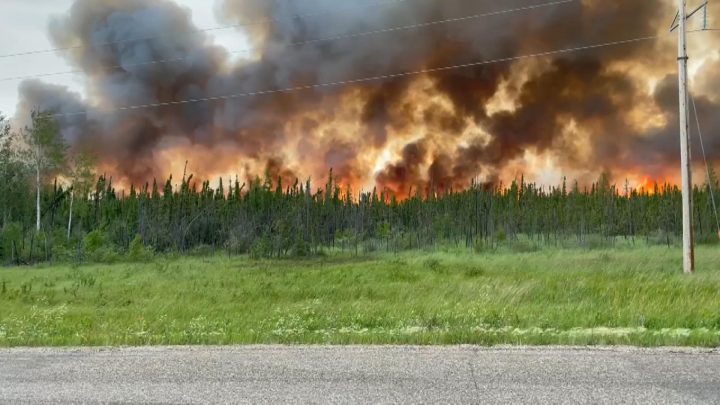 Saskatchewan residents have been putting up with quite a bit of smoke, and many have been displaced from their homes, but the Saskatchewan Public Safety Agency said this isn't a record summer for the prairie province. File / Global News
Saskatchewan residents have been putting up with quite a bit of smoke, and many have been displaced from their homes, but the Saskatchewan Public Safety Agency said this isn't a record summer for the prairie province. File / Global News Last month, the Texas Tribune reported that Gov. Greg Abbott signed into law a bill nullifying local ordinances that require construction companies to grant their workers 10-minute breaks for water and shade every four hours. Photo by ia huh/Unsplash
Last month, the Texas Tribune reported that Gov. Greg Abbott signed into law a bill nullifying local ordinances that require construction companies to grant their workers 10-minute breaks for water and shade every four hours. Photo by ia huh/Unsplash

 The fire, which broke out Monday, is about 300 hectares in size and burning approximately seven kilometres north of the Panorama Mountain Resort and 10 kilometres west of the District of Invermere. It is suspected to be caused by lightning.
The fire, which broke out Monday, is about 300 hectares in size and burning approximately seven kilometres north of the Panorama Mountain Resort and 10 kilometres west of the District of Invermere. It is suspected to be caused by lightning.



 A new study shows that cutting down trees for paper, furniture and fuel emits three times more carbon than flying. Photo by Jeffrey Beall/Flickr (CC BY-SA 2.0)
A new study shows that cutting down trees for paper, furniture and fuel emits three times more carbon than flying. Photo by Jeffrey Beall/Flickr (CC BY-SA 2.0)



 On Aug. 3, Alberta announced a moratorium on new approvals of renewable energy projects. Photo by The Kids and Kahlie/Flickr (CC BY-NC-ND 2.0)
On Aug. 3, Alberta announced a moratorium on new approvals of renewable energy projects. Photo by The Kids and Kahlie/Flickr (CC BY-NC-ND 2.0)
 Alberta Premier Danielle Smith talks up fossil fuels at LNG 2023 in Vancouver on July 13, 2023. Now, she's decided to stall major new wind and solar projects for six months. Photo by Nordic
Alberta Premier Danielle Smith talks up fossil fuels at LNG 2023 in Vancouver on July 13, 2023. Now, she's decided to stall major new wind and solar projects for six months. Photo by Nordic















:quality(70)/cloudfront-eu-central-1.images.arcpublishing.com/irishtimes/VVNOWVHZ5BE3RG3MXZ36LLIKNU.JPG)
 The Eagle Bluff wildfire is seen burning from Anarchist Mountain, outside of Osoyoos, B.C., in a Saturday, July 29, 2023, handout photo. THE CANADIAN PRESS/HO-Michelle Genberg
The Eagle Bluff wildfire is seen burning from Anarchist Mountain, outside of Osoyoos, B.C., in a Saturday, July 29, 2023, handout photo. THE CANADIAN PRESS/HO-Michelle Genberg